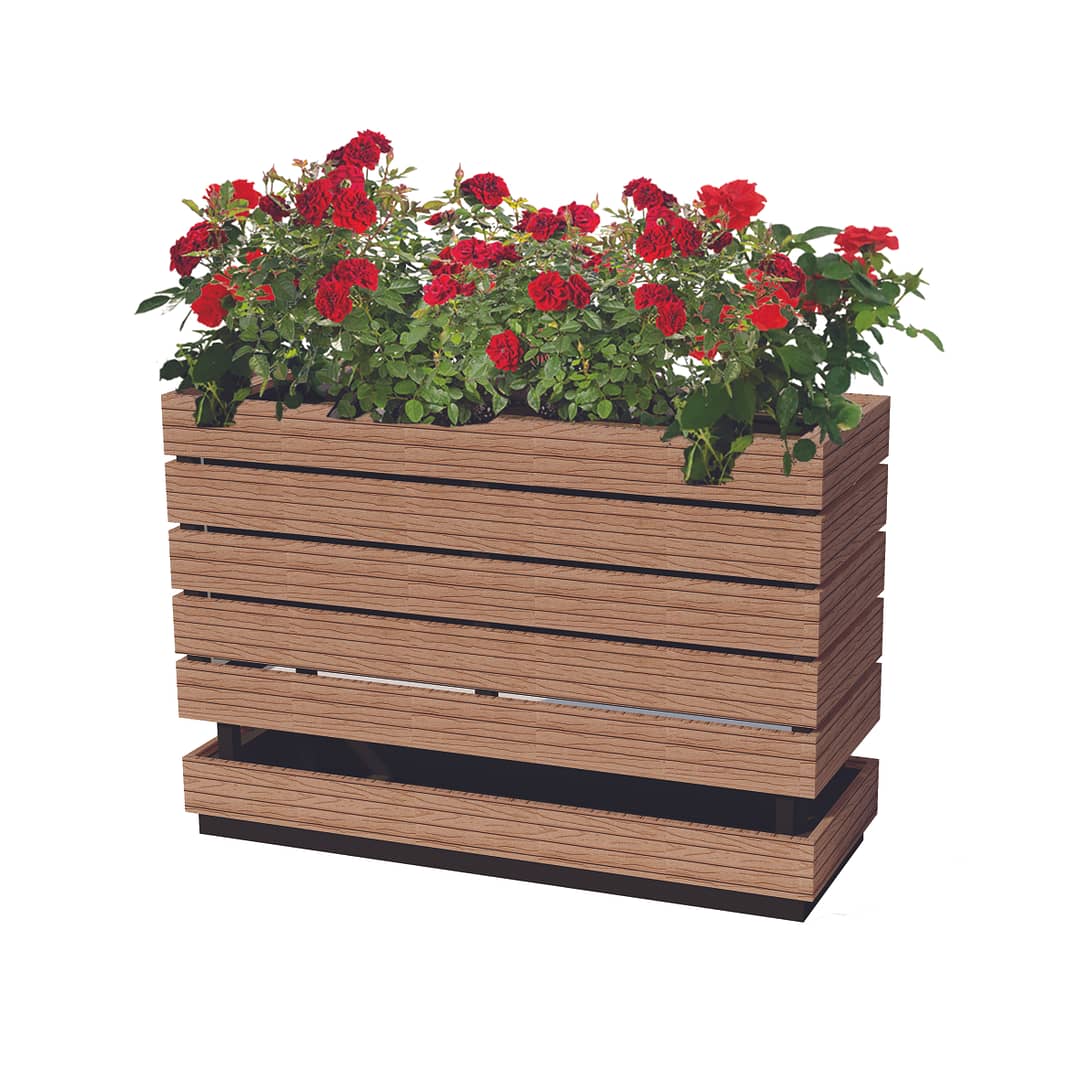About green roof garden
A green roof garden, a rooftop or living roof, is a garden space created on a building's roof. It involves deliberately cultivating plants, trees, and other vegetation on the rooftop, transforming it into a functional and aesthetically pleasing green space.
Green roof gardens can vary in size and design, ranging from small, intimate gardens on residential buildings to larger, more elaborate gardens on commercial or public structures. They can be installed on various buildings, including residential homes, offices, schools, and industrial complexes.
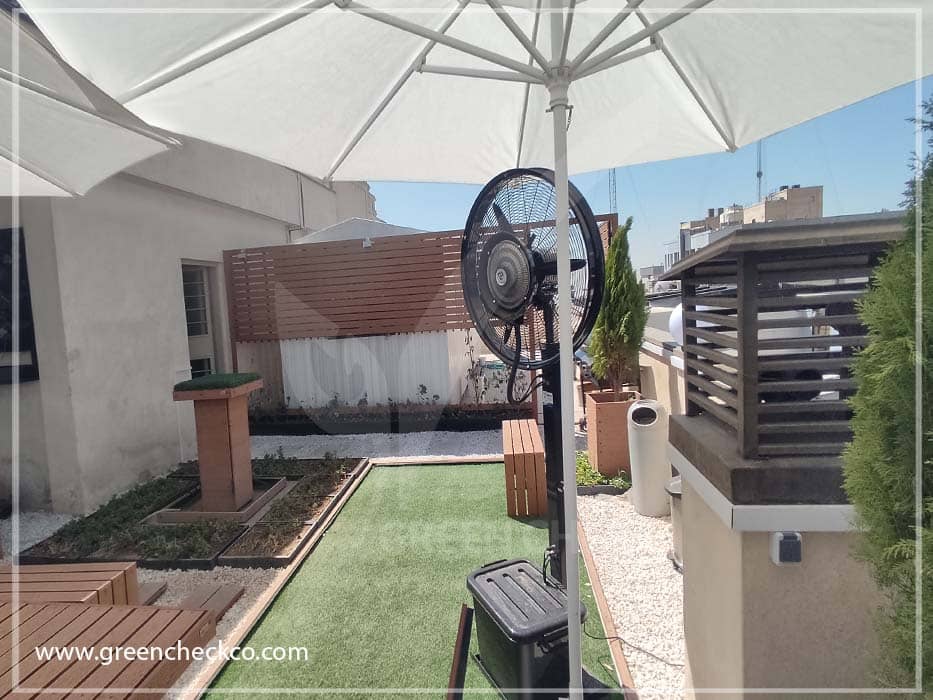
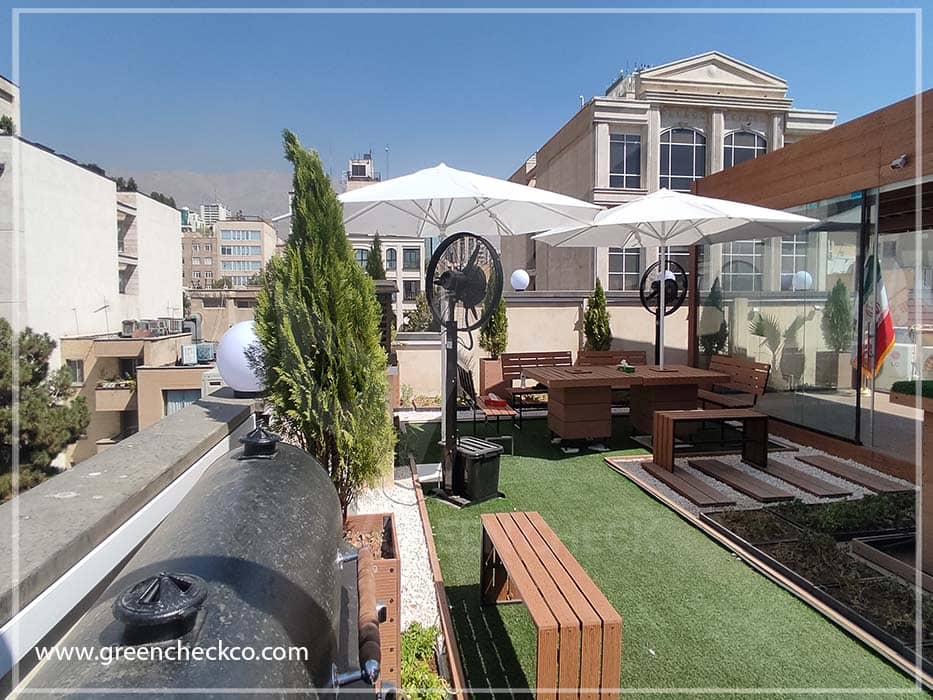
The process of creating a green roof garden
1.Waterproofing and Structural Support:
The roof structure must be adequately waterproofed to prevent water leakage into the building. It should also be structurally reinforced to support the additional weight of the garden and its components.
2.Insulation and Drainage:
A layer of insulation is typically installed to improve energy efficiency and regulate temperature fluctuations. Adequate drainage systems, such as drainage mats or layers, are also incorporated to ensure proper water management and prevent water accumulation.
Table of Contents
3.Growing Medium:
A suitable growing medium, often a lightweight and well-draining substrate, is spread across the roof surface. This medium provides a supportive environment for plant growth while minimizing the weight load on the building.
4.Vegetation and Plant Selection:
Various plants, including grasses, shrubs, flowers, and even trees, are selected based on their ability to thrive in rooftop conditions. Factors such as sun exposure, wind exposure, and hardiness are considered when choosing the appropriate plant species.
5.Irrigation and Maintenance:
Green roof gardens require regular watering, particularly during dry periods, to ensure plant health and vitality. Irrigation systems, such as drip irrigation or automated sprinklers, may be installed to facilitate efficient watering. Regular maintenance, including pruning, weeding, and fertilization, is also necessary to keep the garden vibrant and well-maintained.
Green roof gardens offer numerous benefits for the building and the surrounding environment. They help mitigate urban heat island effects, improve air quality, reduce stormwater runoff, and provide habitat for wildlife. Additionally, they enhance the building's aesthetics, create recreational spaces, and contribute to overall well-being by providing a connection to nature in urban areas.
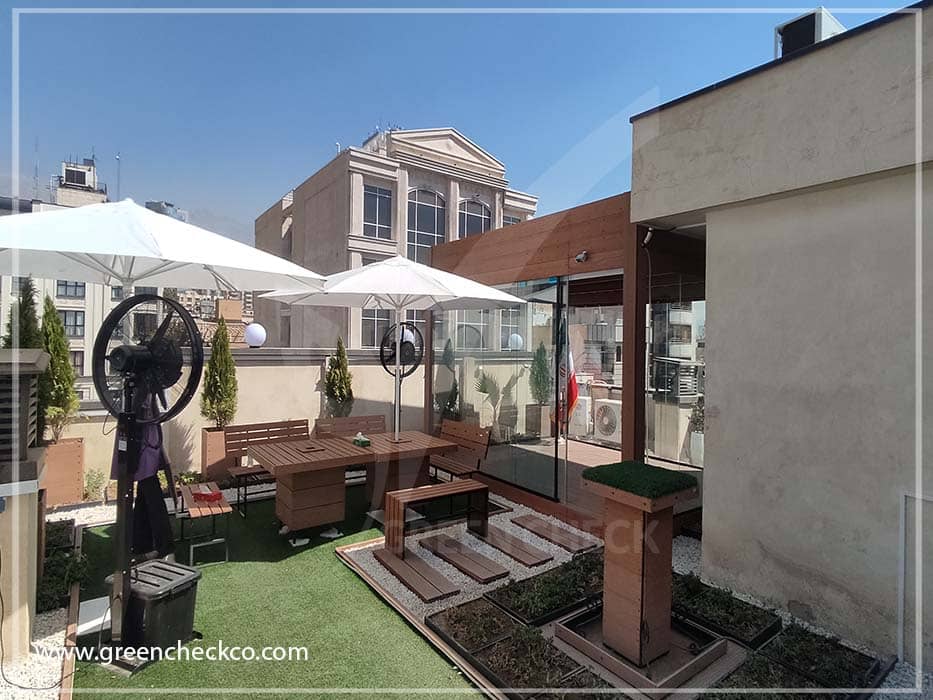

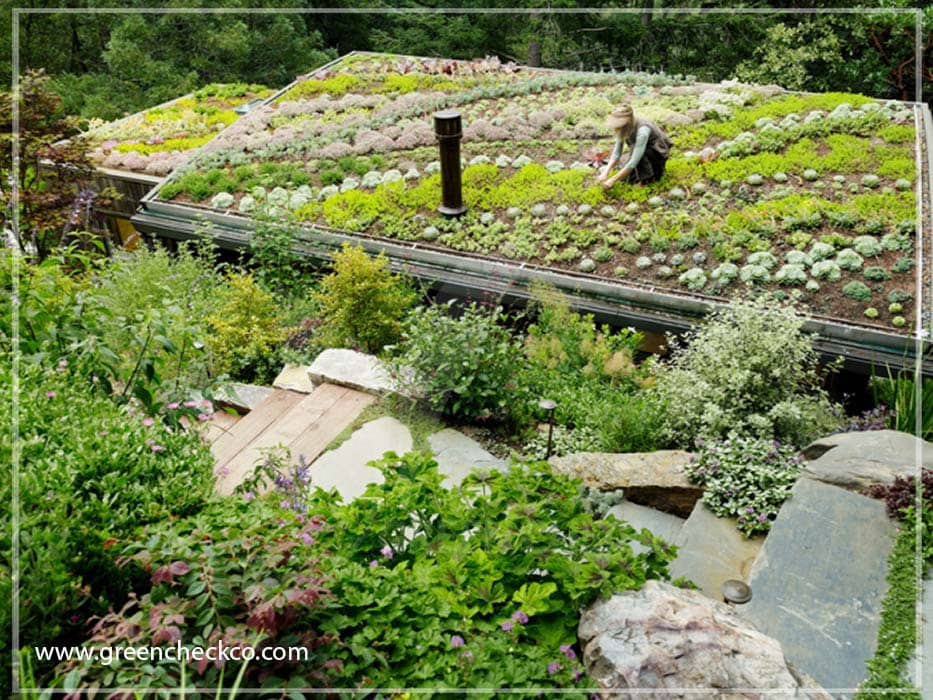
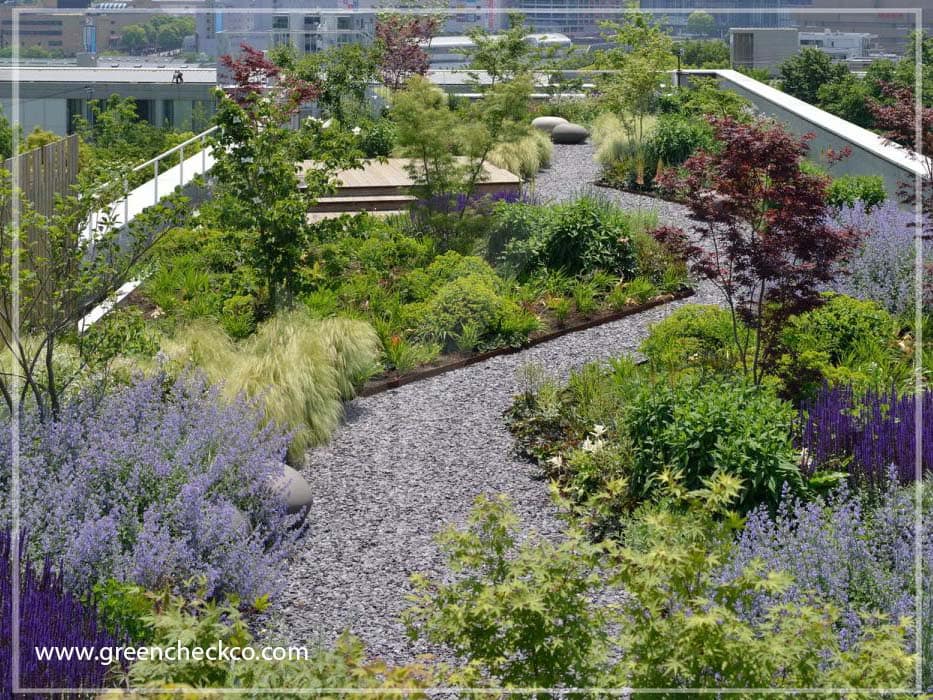
The benefits of a green roof garden include:
1. Improved Environmental Quality
2. Temperature Regulation
3. Stormwater Management
4. Biodiversity and Habitat Creation
5. Aesthetic Enhancement
6. Improved Air Quality
7. Energy Efficiency
8. Urban Agriculture and Food Production
Suitable plants for green roof garden
Sedum:
This perennial plant is highly drought-tolerant and can thrive in poor soil conditions. Sedums can grow in sunny environments and various climates, making them well-suited for green roof gardens.
Sempervivum:
Similar to sedums, sempervivums are succulent plants resistant to drought and harsh conditions. They grow well in sunny environments and poor soil, making them a good choice for green roof gardens.
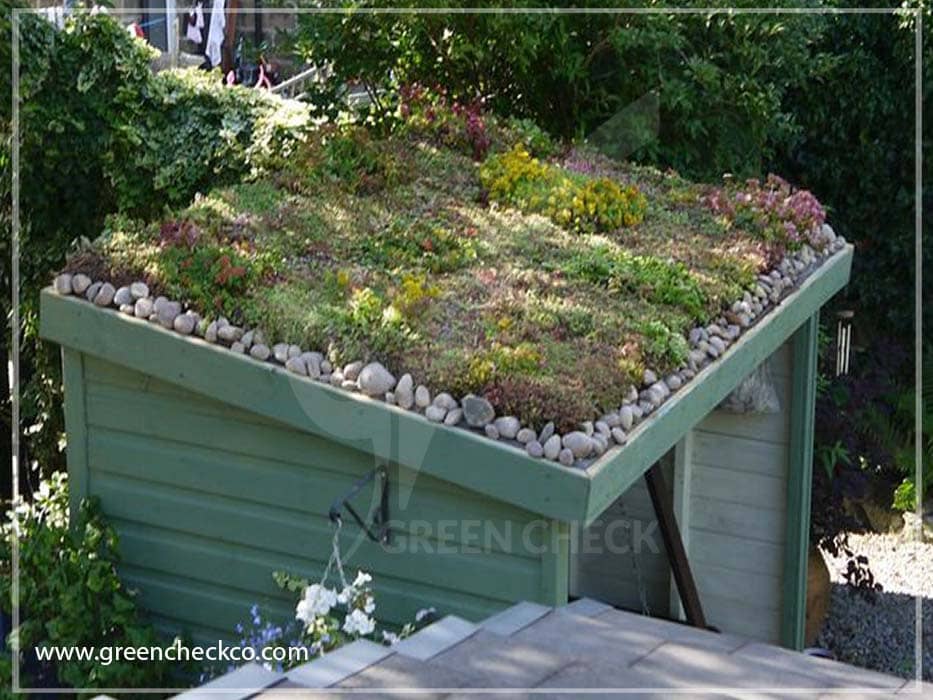
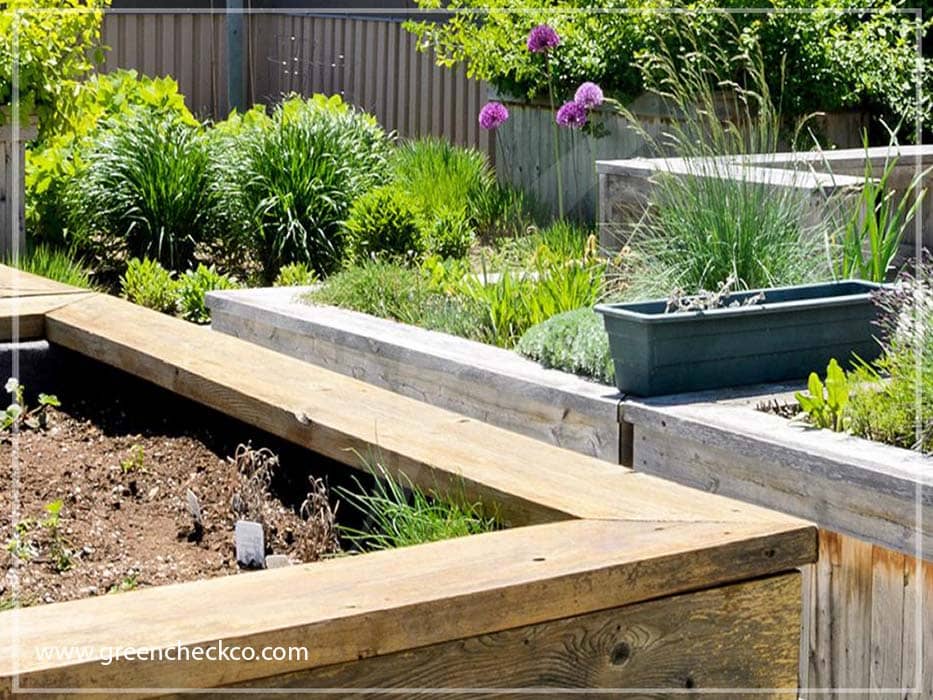

Wintergreen Plants:
Some plants, such as Alpine Cotton (Eriophyllum lanatum), Snow-in-Summer (Cerastium tomentosum), and Blue Carpet (Aubrieta deltoidea), can be suitable for green roof gardens in colder winter climates.
Herbaceous Plants:
Certain herbaceous plants such as ornamental grasses, Papaver flowers, Lavatera, and Bosnia can be suitable for green roof gardens. These plants provide a variety of colors, textures, and heights, adding visual interest to the garden.
Native Wildflowers:
Native wildflowers are often well-adapted to the local climate and can thrive in green roof gardens. Examples include Echinacea, Coreopsis, and Gaillardia.
Mosses and Lichens: Mosses and lichens are low-growing plants that can add a natural and textured appearance to a green roof garden. They are typically good at retaining moisture and can tolerate shade.
Succulents: In addition to sedums and sempervivums, other succulent plants like Echeveria, Crassula, and Sempervivum can be suitable for green roofs. Their fleshy leaves help them store water, making them drought-tolerant.

